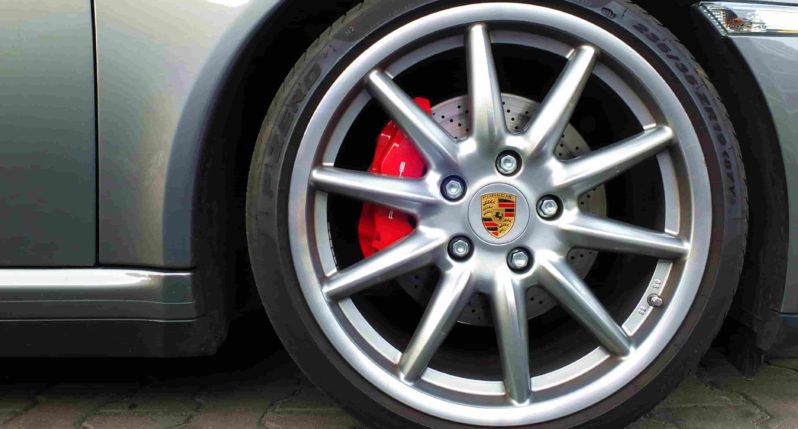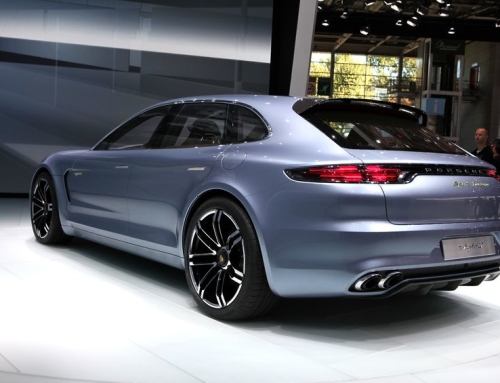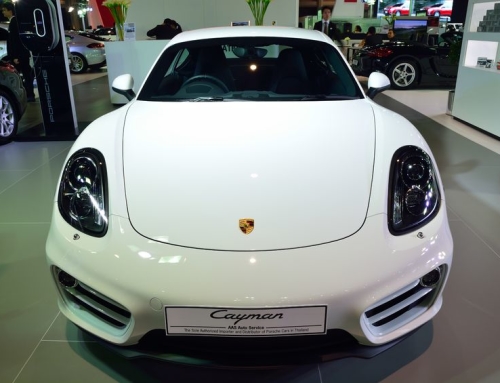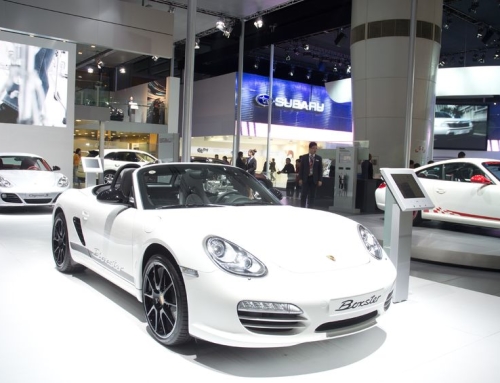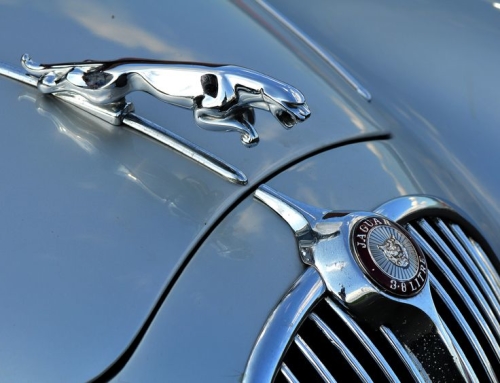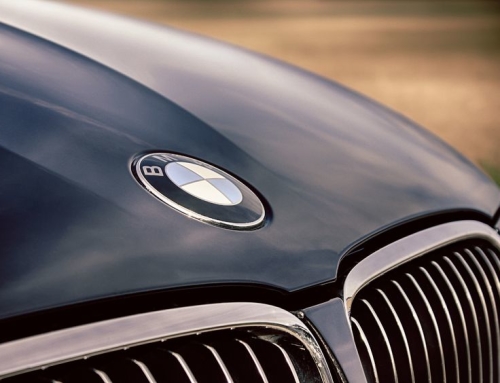Porsche is known for its sporty race cars, fast vehicles and sleek, elegant designs. The company started as a family business, with the Austrian father-son partnership of Ferdinand Porsche and his son Ferdinand, also known as “Ferry,” and later included Ferry’s son, Ferdinand Alexander (F.A.) and nephew, Ferdinand Piech.
Like many other car companies, Porsche was a result of leaders who had experience in the auto industry and set out to make their own dream cars a reality. Ferdinand Porsche senior was an experienced engineer who created an electric car (Lohner Porsche) that was popular at the 1900 World Fair in Paris, worked for Daimler-Benz, and owned his own design and engineering company before founding Porsche.
Porsche’s history is one that is full of quick growth and attractive car models that captured the public’s attention and made a name brand one that is still revered around the world.
Ferdinand senior founded what is today known as Porsche in 1931 in Austria under the name “Dr. Ing. h. c. F. Porsche GmbH.” Later, the company was relocated to Germany. Similar to other legendary car manufacturers, Porsche broke into the automobile industry by providing automobile development and consulting services before manufacturing cars.
A “People’s Car” and Military Vehicles
In its early days, the startup claimed the German government as one of its first clients when it commissioned Porsche to design a car that would be accessible and usable by German citizens. The car had to be affordable and practical so people could take advantage of the country’s new road network. In response to this request, Ferdinand senior designed the 1938 Volkswagen Beetle. Volkswagen means “people’s car” in German.
Later, during World War II, the Volkswagen Beetle was transformed into military versions of the car known as the Kubelwagen, a heavy-duty, four-door utility automobile, and the Schwimmwagen, an amphibious car.
Porsche designs assisted in the creation of the Elefant tank destroyer, sometimes called the “Ferdinand.” The company also created the Maus super-heavy tank.
Interestingly, in 1939, Porsche also produced the “People’s Tractor” and the Porsche diesel tractor modelled after its Type 110 compact tractor.
Post-War Leadership Changes
In 1945, after World War II, British Army Major Ivan Hirst began leading the Porsche factory. Ferdinand senior was arrested for war crimes and served a 20-month prison sentence. He was never tried for those charges and was released in August 1947.
While his father was imprisoned, Ferry began designing, creating and building his own car when he wasn’t able to find one on the market that met his needs. During this time, Ferry also led the company for Ferdinand senior.
The First Porsche Car and a Racing Tradition
Ferry helped design the first car sold by Porsche, which later became known as the 1948 Porsche 356. The car was built in a small sawmill in Austria and had borrowed parts, including the internal combustion engine, transmission, and several suspension parts from the Volkswagen Beetle, because parts were hard to come by following the war.
Although this car was powered by an altered 40 horsepower, rear-mounted engine, it was agile and easily handled by its driver and brought first-of-its kind features and traits to sports cars of the era.
The name “Porsche” has been well known in the race car industry since Ferdinand senior created a small race car that won the 1922 Targa Florio race and went on to win 43 more victories.
During the 1930s, the Porsche company created Auto Union Grand Prix cars that boasted four-wheel drive and that were hybrid gasoline and electric powered models, making them almost unbeatable. From 1937 to 1939, Porsche’s Type 80 car was the World Speed Record Car.
Amazingly, it is estimated that Porsche cars have won about 24,000 car races worldwide. The company’s cars have also won more than 50 class wins at Le Mans, making it a leader in car racing.
The First Porsche Engines and the Porsche 911
It wasn’t until the 1950s that Porsche began producing its own engines, including an updated and more powerful version of the 356 engine.
Now that Porsche could power its cars with its own, custom engines, it was ready to produce a cutting-edge car that was unlike any other on the market: the 1964 Porsche 911. Ferdinand Piech, Ferry’s nephew, was behind the mechanical development for the 911 and other Porsche race cars.
The 911 was so popular and so well designed that the company went on to produce updated models in 1967, 1974, 1983, 1990 and 1999.
From Family Business to Public Company
As Porsche grew and became more and more successful, Ferry decided to take it from a limited partnership to a public limited company. An executive board was established, bringing in leaders who weren’t members of the Porsche family, while family members continued to serve through a new Supervisory Board.
When this change was made, some family members, including Ferry’s son, F.A. left the company. F.A. went on to create his own design company called Porsche Design, which is still known for luxurious, classy accessories like watches, sunglasses, electronics, luggage and even furniture.
Piech also left to create his own engineering bureau, develop an engine for Mercedes-Benz, work for Audi, and become the CEO of the Volkswagen Group and then chairman of the Volkswagen AG Supervisory Board.
Modern Porsche History
Over the decades, Porsche continued to grow and develop. It agreed to a memorandum of understanding with Toyota in 1990 so it could learn from the company’s lean manufacturing processes. In 2004, Toyota helped Porsche develop hybrid technology. In 2011, Porsche SE and Volkswagen AG merged and created an Integrated Automotive Group.
Today, Porsche continues to produce well-known and luxurious cars that people around the world love. A company that started as a family business has become wildly successful and transformed into a brand with a loyal following and a reputation even non-car experts know.

